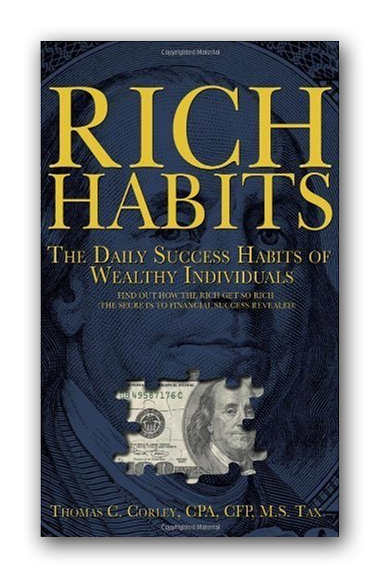
Rich Branson has 55,000 people working for him every day. Mark Zuckerberg has 12,600 people working for him every day. Steve Jobs had about 95,000 employees working for him every day at the time of his death. These self-made millionaires discovered one of the key variables to success: leveraging 24 hours in each day. Successful people are not limited to 24 hours like the rest of us. Branson, Zuckerberg and Jobs were able to succeed by creating teams devoted to their goals and dreams. By leveraging human capital they are able to magically transform 24 hours in a day into millions of hours in a day
With respect to time, we are all on equal footing. We all have just 24 hours in a day. Successful people, however, figure out how to leverage time by getting others to help them pull their cart in order to move them forward in achieving their goals and realizing their dreams. Ten people working together for one purpose equals 240 hours each day, one hundred equals 2,400 hours each day and so on.
But it’s not just time self-made millionaires leverage. They also leverage their limited knowledge and skills through their teams and their relationships. They understand that they cannot possibly know everything or be good at everything, so successful people leverage the knowledge and skills of their teams and their network of relationships. They tap into the collective knowledge and skills of everyone in their inner circle to help them with their goals and dreams. Leveraging what you have means being aware of all of the assets, knowledge, skills, time and relationships at your fingertips in order to get what you want and need so that you can achieve all of your goals and realize all of your dreams.
“But I am only one person. I have no employees. It’s just me.”
All is not lost. There are still ways to take advantage of leverage. Here’s a few ideas that I picked up from my five year study on the daily habits of the rich: [Read more…]







